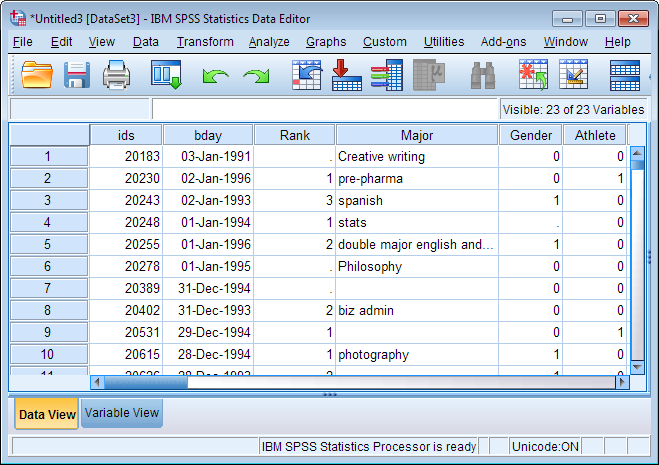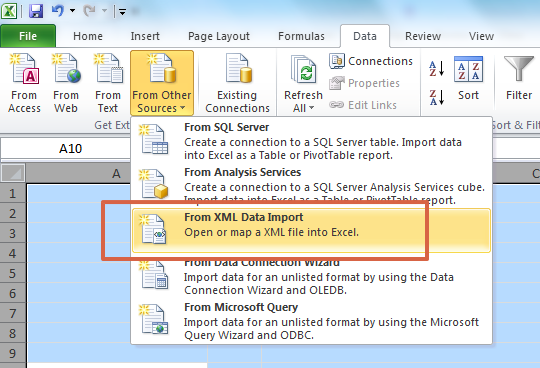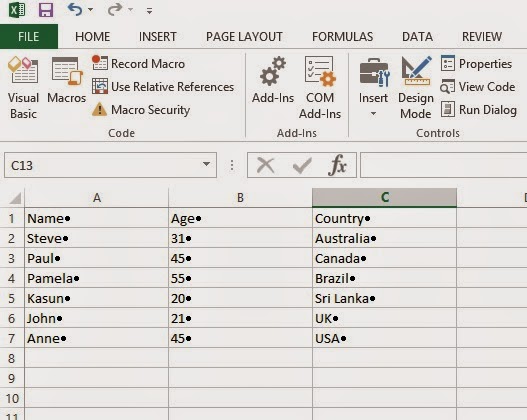

Then in Acrobat Pro/Standard use the "Export Data" option in the "Prepare Form" mode to save the data as an ".fdf" file. Fill out the fields of interest (and only these fields) in your form for a single customer. Acrobat will then ask you which line in the file to import the data from.Ģ.

Select this and then select ".txt" from the file open dialog. There is a drop down menu in the right side panel, on this menu is an "Import Data" option. Now, open your PDF in Acrobat Professional and start the "Prepare Form" mode. The column names in this file must match the fields names verbatim. Export the data from the excel spread sheet as a "Tab Separated File" with a. But there a couple of manual methods that are suitable for handling a small number of options.ġ. If the users need to be able to import, you'll need a button on the form that runs a script for this purpose.Yes, there are a several different ways to do this, most of them involve scripting. If you are the only one filling the form, then I'd write a folder level automation tool to do the form filling. Then depending on exactly how you want this to work, the data is then transfered it to one or more of the rows. So, the first thing you'll need to do is create a set of hidden form fields to capture the imported data. If you want to filll all the rows, then you need to a plan, because there is no feature in Acrobat for just importing text from a data file in to a bunch of rows.

When data is imported, it maps one to one with a specific field on the form. Please Read the section on form field names here, and watch the video: This is how Acrobat maps the data from the "data file" into the fields on the PDF. The only thing that is important is the name of the form field. It has no effect what-so-ever on the field data. Bernd is correct, the fields in your PDF have the wrong names.


 0 kommentar(er)
0 kommentar(er)
